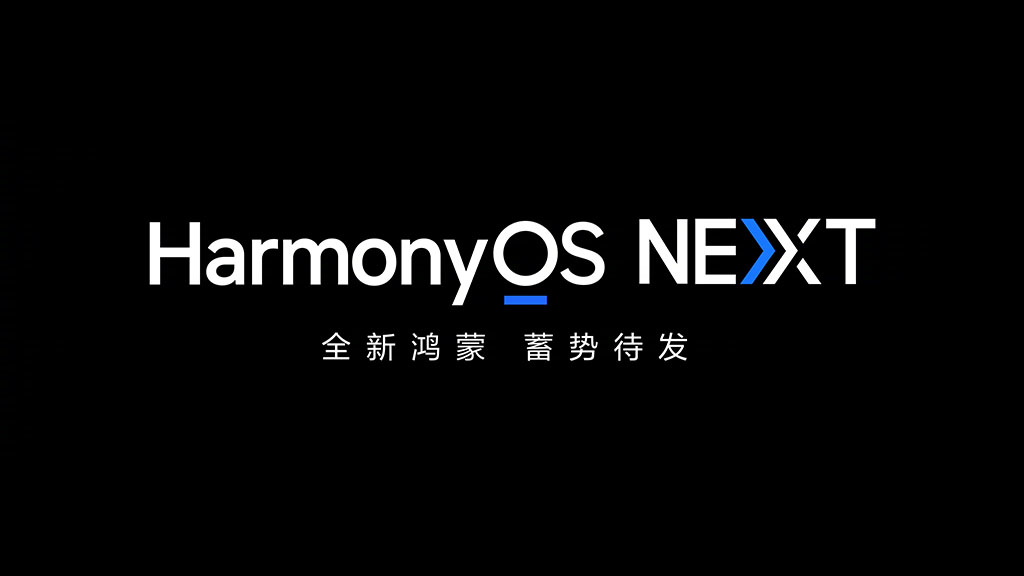HarmonyOS
HarmonyOS NEXT is more than just eliminating the Android ASOP code

Huawei is gradually moving towards its own software ecosystem with HarmonyOS NEXT, a pure HarmonyOS operating system but it’s more than just a separation of Android AOSP code.
In 2019, Huawei launched HarmonyOS as an Internet of Everything operating system. In its early days, the company didn’t focus much on Android compatibility due to its limited availability.
In the subsequent year, Huawei unveiled HarmonyOS 2 for smartphones. The company shook the Chinese software industry with this version release. At that time it became the first Chinese phone maker with a self-developed mobile OS.
However, the start was pretty rough. Due to a limited app ecosystem, Huawei made a decision to allow EMUI (Android) apps to run on HarmonyOS. The simplest way to achieve such functionality is to enable the Android Open Source Project (AOSP) library in the bottom layer of the HarmonyOS source code.
This allowed the HarmonyOS 2 phone users to install the Android app package or APK. However, Huawei aimed to gradually remove the Android source code. This new change is derived from Huawei’s focus on the Chinese software industry. Over the past three years, Huawei promoted HarmonyOS throughout China.
HarmonyOS has been adapted by enterprise users through its open-source code. These are all working together to improve the app ecosystem and HarmonyOS source code. Also, strengthening HarmonyOS for different platforms.
Better User Experience
The removal of Android means the full use of the HarmonyOS kernel. This would enable fast access to all of the HarmonyOS core features and capabilities. Android apps are optimized for Android phones. Therefore, Android apps will perform adequately on HarmonyOS phones.
The HarmonyOS NEXT aims to further improve the connection between developer code and the system. Thus, native HarmonyOS apps could open fast, and provide even better task handling than Android apps. With an entire ecosystem in its grip, Huawei could also integrate technology such as Nearlink for fast wireless transmission more effectively.
The control of Huawei over the HarmonyOS NEXT is more than just the outcast of Android source code because this concept of a pure operating system aims at better performance and user experience for the end user.






